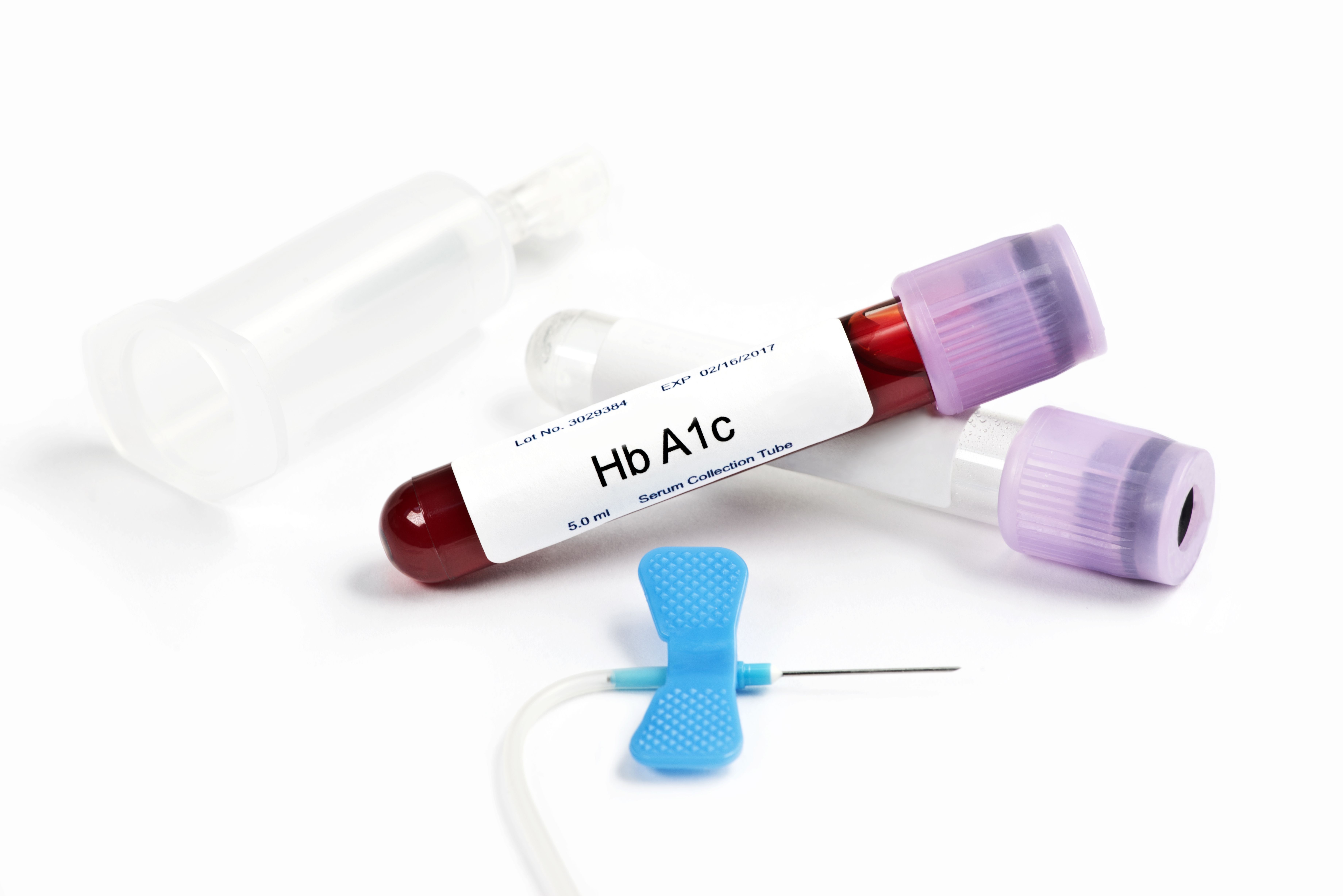Article
A1c Test Fails to Catch Most Diabetes Cases
Author(s):
The hemoglobin A1C test underestimates the prevalence of diabetes in patients, shows new research presented at ENDO 2019.
Hemoglobin A1c test (©Sherry Young, AdobeStock)

The hemoglobin A1C test, a method often preferred for determining the prevalence of diabetes mellitus and normal glucose tolerance, tends to underestimate the prevalence of the disease, according to new research presented on March 23 at ENDO 2019 in New Orleans.
“The A1C test is very convenient,” says lead researcher Maria Mercedes Chang Villacreses, M.D., of the City of Hope, Duarte, Calif. “It doesn’t require prior preparation or fasting, and it is easier for the lab to perform because the sample can be analyzed later – it doesn’t denature,” she said.
By comparison, diagnosing diabetes through an oral glucose tolerance test is more intensive. During this test, patients have their blood tested after overnight fasting, then again two hours after drinking a sugary drink. “These samples also need to be processed immediately for this test to be accurate,” Dr. Chang Villacreses said.
In this study, 9,000 adults without a diabetes diagnosis were given an A1C test and an oral glucose tolerance test. When the researchers compared the results of the two tests they discovered that A1C failed to catch 73 percent of diabetes cases that were detected by the oral glucose tolerance test. Researchers also found that race and ethnicity had a significant impact on the accuracy of A1C, with the test more likely to detect abnormal glucose levels in non-Hispanic whites than in non-Hispanic blacks or Hispanics.
“In terms of convenience the A1C test may be superior, but unfortunately our results show that it is highly unreliable as a tool for diagnosis. I want to emphasize that physicians can’t necessarily be reassured by an A1C result alone,” she said.
In patients with other risk factors, the researchers recommend using an oral glucose tolerance test for increased accuracy. Relevant risk factors include obesity, a first degree relative with a diabetes diagnosis, signs of insulin resistance, or other general risk factors such as cardiovascular disease or hypertension.
REFERENCES
Chang Villacreses M, et al. “SAT-125: Underestimation of the Prevalence of Diabetes and Overestimation of the Prevalence of Glucose Tolerance by Using Hemoglobin A1C Criteria.” Presented at ENDO 2019 in New Orleans, LA on March 23, 2019.




